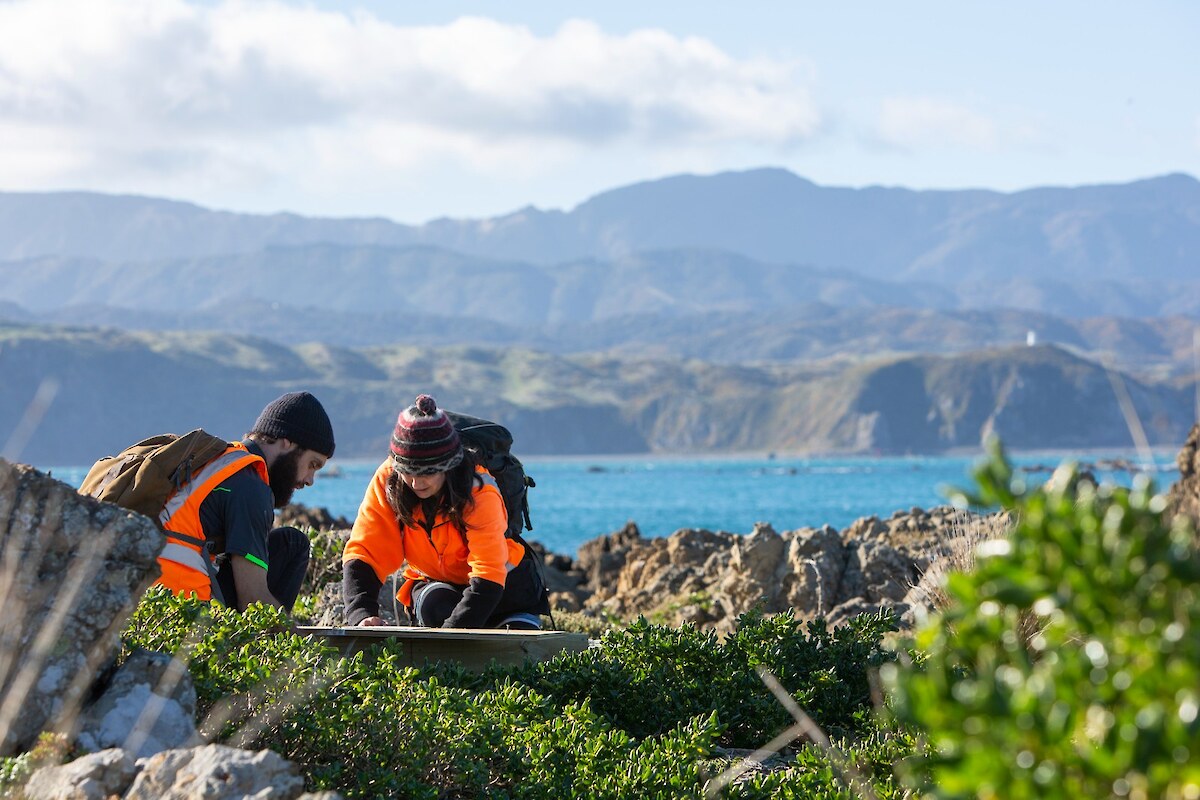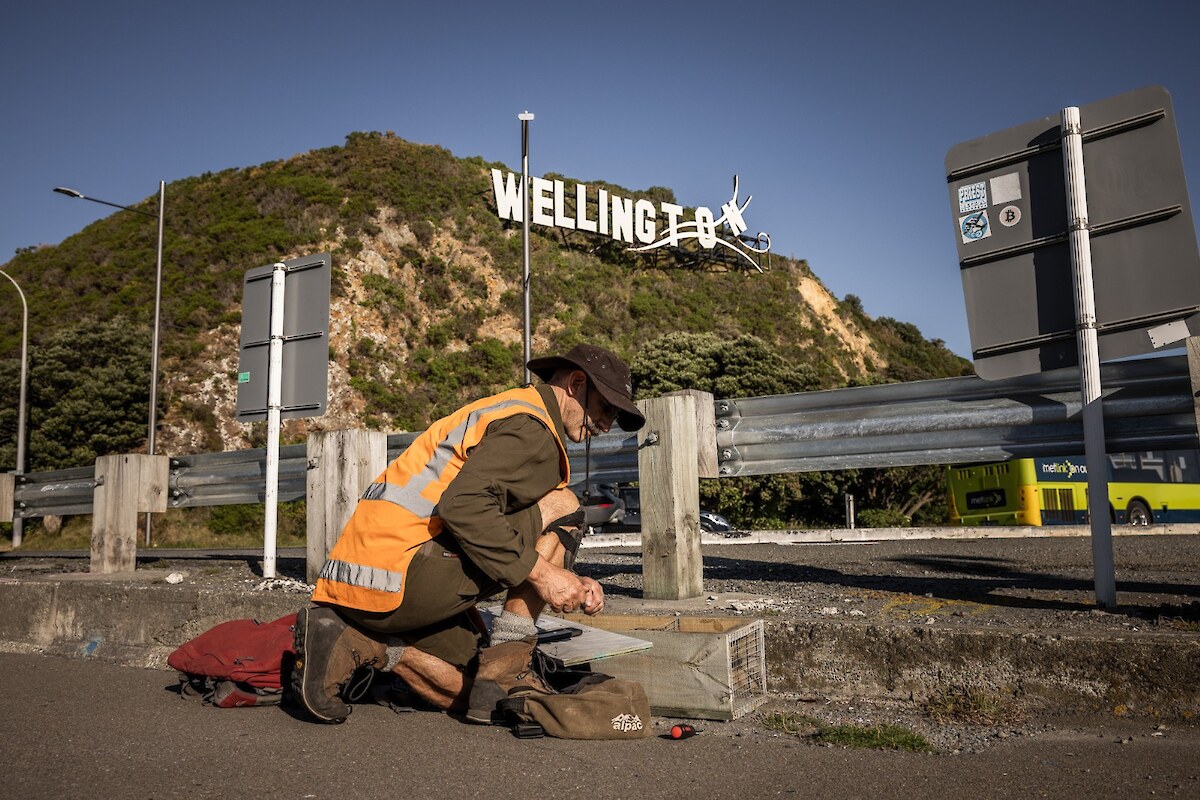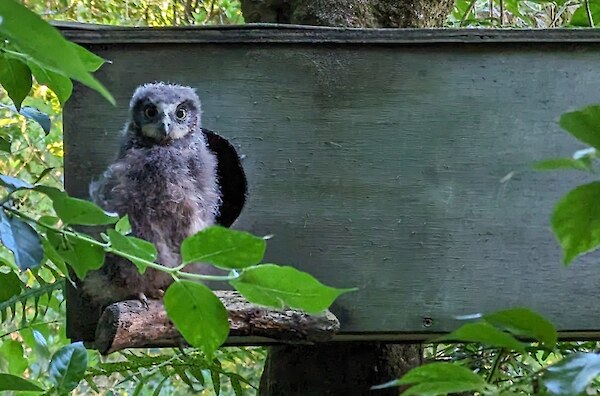Our impact reports
2024/25 Impact Report
WHAT WE’RE MADE OF
2023/24 Impact Report
MAKING THE IMPOSSIBLE POSSIBLE
2021/22 Impact Report
Strength in Numbers
2020/21 Impact Report
We are resilient
2019/20 Impact Report
A successful recipe
2018/19 Impact Report
How do we create the world’s first predator free capital city?
Phase 1: Te Motu Kairangi, Miramar Peninsula
The outcomes of our work on the Miramar Peninsula are a tribute to an epic collective effort. Learn more about our work and success here.
What we achieved:
- Successfully eliminated rats, stoats and weasels from the entire Miramar Peninsula (approx 1,000 hectares).
- Developed a replicable blueprint for predator free projects working in urban environments, and reduced our costs by up to 75% per hectare.
- 134% increase in native bird detections since the project began.
- Widespread and equitable participation across the project. This means the ecological and wellbeing benefits extend across the whole community. These benefits include rat-free homes, increased wildlife, and potential benefits of participating, like improved psychological and social wellbeing.
- A return on investment of $1.29 per dollar in Phase 1, rising to $2.49 in our Phase 2 area.

Beyond the numbers: the hidden impact of Predator Free Wellington
We eliminated rats and mustelids from the Miramar Peninsula. But what does that actually mean for the 20,000 people who live there?
To find out, we used a Most Significant Change methodology, collecting and analysing stories from residents, volunteers, businesses, teachers and field workers over 18 months. What we discovered goes far beyond wildlife recovery – it’s about restoring connection, pride and hope.
Read the full report to understand the major changes arising from our project, including changes in biodiversity; community leadership; innovation and intergenerational changes
Learn more and read the report here

Quantitative evaluation – Five minute bird counts
 Locations of five minute bird count stations surveyed on Miramar Peninsula each year between 2017 and 2022. Yellow triangles represent the seven bird count stations established in 2011 as part of the Wellington City bird monitoring programme; blue circles represent the 77 bird count stations established in 2017 as part of the Miramar Peninsula bird monitoring programme.A network of 84 five minute bird count stations on Miramar Peninsula monitor how local bird populations respond to our work removing predators. A single bird count has been carried out at each count station in November each year between 2017 and 2024.
Locations of five minute bird count stations surveyed on Miramar Peninsula each year between 2017 and 2022. Yellow triangles represent the seven bird count stations established in 2011 as part of the Wellington City bird monitoring programme; blue circles represent the 77 bird count stations established in 2017 as part of the Miramar Peninsula bird monitoring programme.A network of 84 five minute bird count stations on Miramar Peninsula monitor how local bird populations respond to our work removing predators. A single bird count has been carried out at each count station in November each year between 2017 and 2024.
A total of 33 bird species have been recorded during these counts over the past seven years. This includes 22 terrestrial bird species, eight of which are native and 14 are introduced. Four other native terrestrial bird species have been reported on Miramar Peninsula by citizen scientists but have not yet been detected during these five minute bird counts.
Trends in the encounter rates of terrestrial bird species:
- 91% more native birds were counted in 2023 than in 2017.
- Since 2017, mean annual counts of:
- pīwakawaka / New Zealand fantail have increased by 500%
- riroriro / grey warbler have increased by 258%
- tūī have increased by 72%






